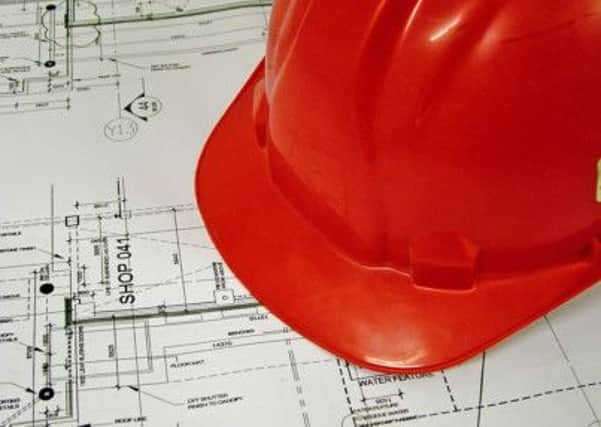Boost for inner city as part of Leeds housing blueprint


Leeds City Council last night unveiled the locations of 66,000 new houses it is planning to build by 2028 as it bids to meet growing demand and tackle the city’s well- documented housing problems. The figure is 4,000 less than the previously predicted 70,000.
All areas of Leeds will be targeted for new developments, with at least three per cent of the total new homes to be built in 11 areas and 763 individual sites.
Advertisement
Hide AdAdvertisement
Hide AdThirty-four per cent of the total new builds would be in inner city areas and the city centre. Traditionally deprived areas like Armley, Beeston, Belle Isle, Gipton, Harehills, Hyde Park, Hunslet and Seacroft would all get major housing boosts.
More than six in every 10 new homes are being earmarked for brownfield land, previously developed sites which may have lain dormant for years at a time.
The proposals will be debated by a senior planning panel next week, before a public consultation and final approval by the council’s cabinet.
Leeds City Council’s executive member for neighbourhoods, planning and personnel, councillor Peter Gruen, said: “It is vital we get it right for the future of the city, its residents and the economy of Leeds.
Advertisement
Hide AdAdvertisement
Hide Ad“Providing 66,000 new homes is a challenging ambition but one in line with the city’s aim to be the best in the UK.
“People will be interested to see how much is being proposed in their area, but I would say we have tried to be fair across the city, with a clear policy on brownfield sites being used first and bringing back into use existing empty buildings in order to help protect the green belt.
“People should also look at what we are protecting and excluding from development.”
He said that with the council’s Core Strategy – its overall development vision for the city – now signed off by a Government inspector, it was now time to “get on with progressing these programmes to drive the city forward promoting growth across Leeds”.
Advertisement
Hide AdAdvertisement
Hide AdA review of the programme will be carried out after the first three years to assess its progress, he added.
Councillor Neil Walshaw, chair of Leeds City Council’s development plan panel, stressed that ensuring the correct infrastructure was in place to support the swathes of developments was a key concern for the authority.
“Around all of the areas of possible development, the council has been working with infrastructure and service providers such as schools, health services and transport planners to ensure growth would be manageable and sustainable as that is essential in successfully introducing and accommodating any new housing,” he said.
How the numbers will be shared
Aireborough 2,364 houses – 4 pc of total
City Centre – 11,303 houses – 17pc of total
East Leeds – 10.034 – 15pc
Inner Area (Gipton/Harehills, Armley, Beeston Hill, Belle Isle, Hyde Park/Woodhouse, Hunslet, Seacroft) – 11,500 – 17pc
North Leeds – 5,960 – 9pc
Outer North East – 4,943 – 7pc
Advertisement
Hide AdAdvertisement
Hide AdOuter North West (Bramhope, Pool–in–Wharfedale, Otley) –1,800 – 3pc
Outer South – 2,465 – 4pc
Outer South East (Kippax, Garforth, Allerton Bywater) – 4,045 – 6pc
Outer South West – 6,875 – 10pc
Outer West – 4,723 – 7pc
TOTAL: 66,012